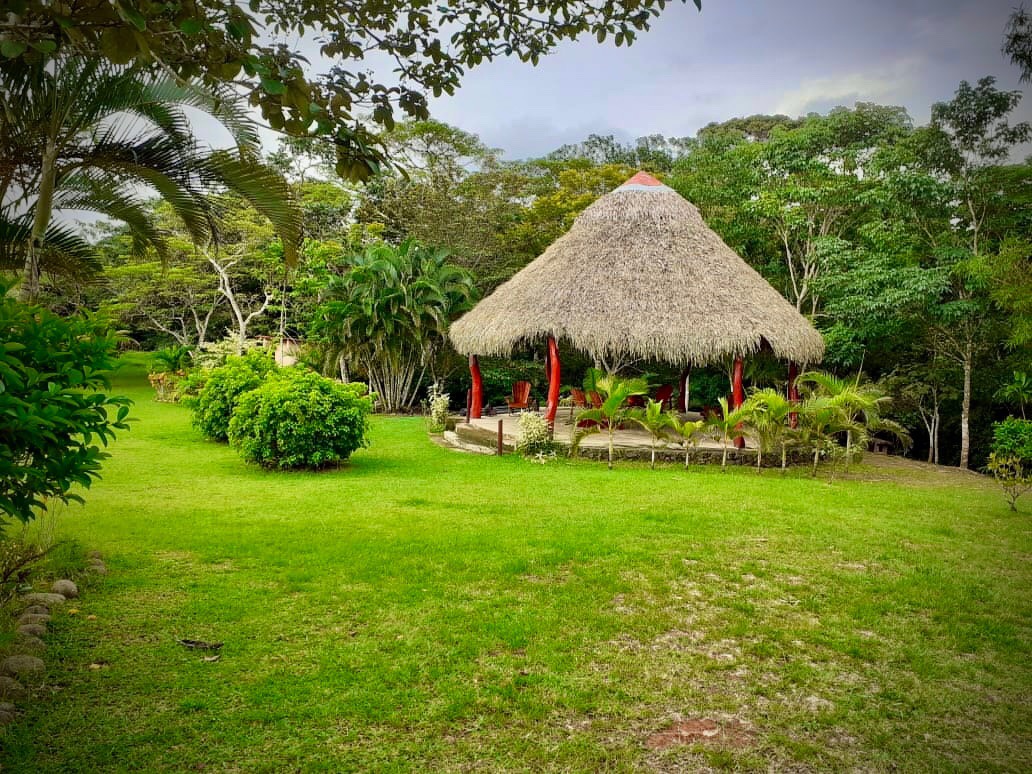History of Coffee
- Rudy Estripeaut

- Oct 19, 2023
- 3 min read
in Panama we grow amazing coffee including the world reknowned Geisha and wanted to publish a brief history of coffee.
1. Origin: Coffee is believed to have originated in the highland forests of Ethiopia. Legend tells of a goat herder named Kaldi who noticed his goats becoming unusually energetic after eating berries from a particular tree. Intrigued, he tried the berries himself and experienced a similar effect.

2. Spread to the Arab World: By the 15th century, coffee had made its way to Yemen in the Arabian Peninsula. Here, it was first cultivated and consumed as a drink. By the 16th century, it spread to other parts of the Middle East, North Africa, Persia, and Turkey. The Arab world played a crucial role in coffee’s global spread. The term “coffee” derives from the Arabic word “qahwa”.
3. Europe: Coffee came to Europe in the 17th century. The first coffeehouse opened in Venice in 1645, followed by England, France, and elsewhere. These coffeehouses became centers for intellectual exchange and were dubbed “penny universities” in England.
4. Colonial Expansion: As European colonists established territories in various parts of the world, they introduced coffee cultivation. Notably, the Dutch planted it in Java, Indonesia (hence “a cup of Java”), while the French began cultivation in the Caribbean, and the Spanish in Central and South America.
5. Brazil: Today, Brazil is a major coffee producer. Coffee was introduced there in the 18th century and the country quickly became the world’s largest producer, a title it still holds.
6. 19th & 20th Century: With the invention of instant coffee and espresso machines, coffee became even more popular and accessible. Brands like Starbucks in the late 20th century further globalized and commercialized coffee culture.
7. Cultural Impact: Coffee has had significant cultural, economic, and social impacts throughout history. Coffeehouses have served as hubs for discussion, revolution, and art. Economically, coffee has been a primary export for many countries, shaping their economies and labor practices.
8. Environmental and Ethical Concerns: In the modern era, there’s growing concern about the sustainability of coffee farming due to issues like deforestation, pesticide use, and climate change. There’s also a focus on fair trade practices to ensure equitable treatment and payment for coffee farmers.

Panama and Geisha Coffee:
1. Introduction of Coffe into Panama: While coffee was introduced to Panama in the early 19th century, it wasn’t until the discovery and promotion of the Geisha varietal that Panama became internationally recognized as a premier coffee producer.
2. Geisha Varient: Originally from the Gesha region of Ethiopia, this coffee varietal found its way to Central America in the 1950s. In Panama, the unique microclimates, particularly in regions like Boquete, proved ideal for cultivating this bean, allowing it to develop distinct floral and jasmine-like aromatics, combined with vibrant acidity and a tea-like body.
3. International Recognition: The turning point came in the early 2000s when Panamanian Geisha coffees started winning international coffee tasting competitions. The unique profile of Geisha from Panama made it stand out, and its rarity and the cost of production made it one of the most expensive coffees in the world.
4. Record Prices: As its reputation grew, so did the prices it fetched. In various international auctions, Panamanian Geisha set record prices. For instance, at a Dubai coffee conference, some lots of this coffee reached prices of over $10,000 per pound, making it one of the most expensive coffees ever sold.
5. Impact of Coffee on panamas Economy: The success of Geisha has had a transformative effect on Panama’s coffee industry, encouraging producers to invest in quality over quantity and to experiment with different processing methods. The high prices have also led to increased scrutiny and emphasis on sustainable and equitable farming practices.

Panama’s Geisha coffee stands as a testament to how a combination of terroir, dedicated farming, and marketing can elevate a product to global acclaim. in Panama there are numerous quality coffee producers like Cafe Eleta, Café Únido, Finca Leira, Kotowa, Elida Estate run by the Lamastus family among others. Duran Coffee is the larges producer of Robusta in panama a well know brand in Panama with no affiliation to its world champignons boxer Roberto Duran.
#PanamaCoffeeEstate#InvestmentBrew #PanamaGrowth



Comments